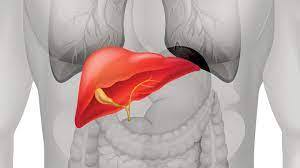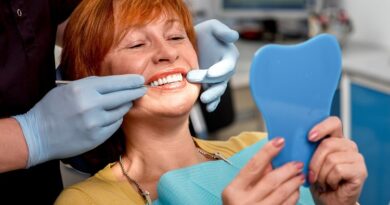What to Know About Fatty Liver Disease Causes, Symptoms, Treatment, and More
Fatty liver disease is a frequent illness in which the liver stores excess fat. There is a modest amount of fat in a healthy liver. When fat accounts for 5% to 10% of your liver’s weight, it becomes an issue. Most people do not have any symptoms and do not have negative consequences. However, in certain situations, it might cause liver damage. The good news is that lifestyle adjustments may typically prevent or even correct fatty liver disease.
Types of Fatty Liver Disease
Fatty liver disease is of two types-
● Non-alcoholic fatty liver disease (NAFLD)
● Alcoholic fatty liver disease
Non-alcoholic fatty liver disease (NAFLD) is a type of fatty liver disease affecting people who have zero alcohol intake in their lifestyle. In the United States, one in every three adults and one in every ten children have the disease. The specific aetiology of non-alcoholic fatty liver disease is yet to be discovered by the researchers. Obesity and diabetes are two variables that might raise your risk.
Daily dosage of alcohol can cause excessive fat storage in liver cells and may emerge as the root cause of various diseases. Fat buildup in the liver because of extensive drinking leads to fatty liver diseases, also known as alcoholic fatty liver.
Who is at a higher risk of developing fatty liver disease?
● Asians are more likely to have fatty liver disease.
● Postmenopausal women have a considerably higher risk of fatty liver disease.
● Men or women with a large amount of abdominal fat or obesity can be a victim of fatty acid disease easily.
● Anyone suffering from high blood pressure, cholesterol problems or a poor lipid profile, and diabetes has a higher risk of fatty liver diseases.
● The use of certain prescription medications can also cause fatty liver diseases.
What are the signs and symptoms of fatty liver diseases?
Fatty liver disease is usually asymptomatic in the initial stages. Symptoms occur once it advances to the stage of liver cirrhosis. Symptoms that you may experience include:
● Pain in the upper right side of the abdomen or a sense of fullness.
● Loss of appetite and nausea
● Weight loss
● Jaundice or its symptoms
● Fatigue, weakness and lethargy
● Swollen legs and abdomen (oedema).
● Excessive exhaustion or mental disorientation
What is the treatment for fatty liver disease?
There is no particular treatment for fatty liver disease. Instead, specialists will work with you to help you manage the circumstances that contribute to your disease. They also advise adopting lifestyle modifications that might help you live a healthier life. Treatment entails:
● Avoiding alcohol consumption.
● Weight loss.
● Controlling diabetes, blood pressure, cholesterol, and triglycerides with either medication or lifestyle changes.
● In some cases, taking vitamin E with or without thiazolidinedione’s can help.
What if the condition is severe?
Cirrhosis is the late-stage scarring of the liver. Cirrhosis develops as a result of liver damage, such as the inflammation that occurs in non-alcoholic steatohepatitis (NASH). Cirrhosis develops in 5% to 12% of patients with NASH.
There can be various symptoms and problems if the cause of cirrhosis is severe:
● Abdominal fluid accumulation (ascites)
● Oesophagal varices are swollen veins in the oesophagus that can burst and haemorrhage.
● Drowsiness, confusion, and slurred speech (hepatic encephalopathy)
● Hepatocellular carcinoma
● End-stage liver failure occurs when the liver stops working.
Prevention
Here are some things you can do to lower your risk of fatty liver disease:
● Choose a nutritious diet. Increase consumption of plant-based foods. Vegetables, fruits, whole grains and healthy fats are all good choices.
● Keep your weight in check. Reduce your daily calorie intake and increase activity levels if you are overweight or obese. If you have a healthy weight, try to maintain it with healthy diet and regular exercise.
● Follow a consistent exercise regimen and avoid a sedentary lifestyle.



